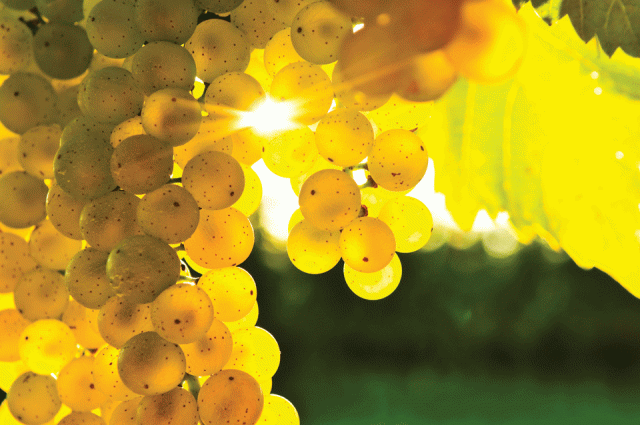Jackson Family Wines to plant Chardonnay in Chianti
By Patrick SchmittThe group behind North America’s best-selling Chardonnay, Kendall-Jackson Vintner’s Reserve, is planning to plant Chardonnay in Chianti Classico, db can exclusively report.

Due to be planted next spring, the grape has been selected for a high-altitude site on land that has been leased by Jackson Family Wines, near its property in Chianti Classico, a 1,000 hectare estate called Tenuta di Arceno.
The group is intending to put around two hectares of Chardonnay on a hilltop location at 650 metres above sea level at a place where there were previously no vines.
Although the land was obtained by Jackson Family Wines on a 30-year lease three years ago – along with a further 20 hectares at lower levels in the same area – this particular altitudinous spot could not be used for vineyards until archaeologists had inspected the site, as Etruscan remains were found in the soil when the producer was preparing the ground for planting.
Following what Tenuta di Arceno’s resident winemaker Lawrence Cronin described as a “little pause”, he told db that he would be planting Chardonnay in the spring.
“I really want to have a white wine,” he said, referring to augmenting the range from Tenuta di Arceno, which currently comprises six red wines: three Chianti Classicos and a further three Toscana IGTs that are made with French grapes.
While Cronin acknowledged that there were native Italian grapes that could be used for such a project, such as Trebbiano or Vermentino, he said that “Chardonnay really fits here”, before adding that it’s a variety that the Jackson family is best known for.
In terms of style, due to the high altitude of the site, he said that he wasn’t aiming for a rich white with a strong oak-influence.
“I’m hoping for a crisp, appely wine; an elegant Chardonnay,” he said.
Although it’s unusual to find Chardonnay planted in this part of Italy – where Sangiovese makes up the majority of plantings – Tenuta di Arceno’s new vineyard won’t be the first in Tuscany to use this grape.
Partner Content
Among others in the area making white wines with Chardonnay, there’s the nearby Chianti Classico producer Fèlsina (which also makes a traditional method sparkling wine with the grape, blended with Sangiovese), along with Batàr – a Chardonnay and Pinot Blanc from Querciabella – and Isole e Olena’s Chardonnay called Collezione Privata.
Meanwhile, just over the border, in Umbria, Antinori produce its Cervaro della Sala Chardonnay, which also has a touch of local grape Grechetto.
Because Chianti Classico DOCG can only be made with red grapes, Tenuta di Arceno’s Chardonnay will be classified as a Toscana IGT.
The late Jess Jackson and Barbara Banke purchased Tenuta di Arceno in 1994, when the 1000ha estate had 40ha of vineyards, many of which were replanted, before the area of vines was gradually expanded to 92ha today.
Three years ago, Tenuta di Arceno managed to secure a 30-year lease on a nearby estate, bringing a further 22ha to the property, 12ha of which has been replanted.
Included in these new vineyards is a plot of Sangiovese along with some Colorino, both planted at almost 600m – the limit for making Chianti Classico – which the producer is planning to use to make a Gran Selezione from the 2021 harvest, which should be released in 2024.
This will be the second Gran Selezione in Tenuta di Arceno’s range, which includes the Strada al Sasso Gran Selezione, which is made entirely with Sangiovese.
While Tenuta di Arceno make on average around 400,000 bottles annually – 50% of which are Chianti Classico – with the newly-leased vineyards, the yearly production has risen to approximately 450,000 bottles, and will increase further when the new plantings mature.
As previously reported by db, Tenuta di Arceno is moving towards crafting single varietal wines from the property, above all for its Toscana IGT range, with its top expression, called Arcanum, now a pure Cabernet Franc from the 2016 vintage, while its Valdorna label has become 100% Merlot from the 2018 harvest, which will be on the market next year.
Both wines were previously blends incorporating other French grapes Cabernet Sauvignon and Petit Verdot, which are now being used in the producer’s third Toscana IGT label, Il Fauno.
Related news
Final call for entries to The Drinks Business Asia Masters




